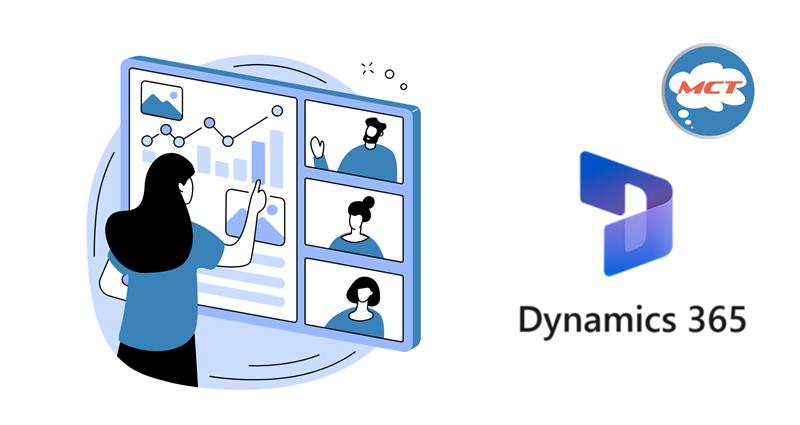
Introduction:
Marketing ROI sounds good in meetings—but most businesses still can’t prove it.
You ran campaigns. You got clicks. Some leads. But what actually moved the revenue needle?
Most CRMs just collect data. But if you’re using Dynamics 365 CRM, you’ve got more power than you think. The trick is knowing how to use it.
This guide gives you 7 practical, no-fluff ways to track and improve your ROI—so your CRM starts working harder for your marketing, not just with it.
If your sales and marketing data live in silos, you’re already leaking ROI.
Sync your marketing automation tools (like D365 Marketing or even LinkedIn Lead Gen) with your CRM.
Why it matters:
You’ll finally see what happens after someone clicks—like whether they actually converted into a deal.
✅ Pro Tip: Use UTM tracking and lead source tagging inside CRM.
Clicks are cute. Revenue is better.
Set up dashboards in Dynamics CRM (or via Power BI) that show:
- Cost per lead (CPL)
- Revenue per campaign
- Pipeline attribution
- Customer lifetime value (CLTV)
This shifts focus from “did people like it” to “did it pay off.”
Don’t fall into the “last-click” trap. Dynamics lets you build models to track:
- First interaction
- Nurture touches (like email, webinar)
- Final conversion trigger
Why this works: You stop guessing which campaign worked—you know.
✅ Pro Tip: Use the Attribution Modeling feature in Dynamics Customer Insights.
Generic lead scoring doesn’t cut it.
Instead, create a custom model in Dynamics that scores leads by:
- Engagement behavior
- Demographics
- Conversion history
Then route high-value leads to sales automatically.
Result: Less manual work. More high-quality pipeline.
Set up nurture journeys inside Dynamics to retarget:
- Leads who went cold
- Customers who haven’t purchased in a while
- People who downloaded something but didn’t convert
✅ Bonus tip: Automate content delivery based on last interaction.
This is low-cost, high-ROI stuff most teams ignore.
ROI isn’t just a marketing thing—it’s a business thing.
Set up shared KPIs in Dynamics:
- Revenue per campaign
- Deal velocity by source
- Win rate by channel
Then have weekly syncs around those numbers.
Suddenly, everyone’s speaking the same ROI language.
No more waiting until month-end.
Set up live dashboards (via Power BI or native CRM views) that show:
- Top-performing campaigns
- Channels with highest ROI
- Cost-to-revenue ratios
✅ C-Level Tip: Add this report to your CRM homepage for quick access.
Conclusion
CRM data is only useful if it drives better decisions—and better ROI.
With Dynamics CRM, you’ve got all the tools. But the results only show up when you:
- Connect systems
- Track real revenue
- Automate smartly
- Align your teams
So—what’s one campaign you ran recently… that you wish you had tracked better?
Reply, reflect, or share this post with someone who needs to turn clicks into customers.

